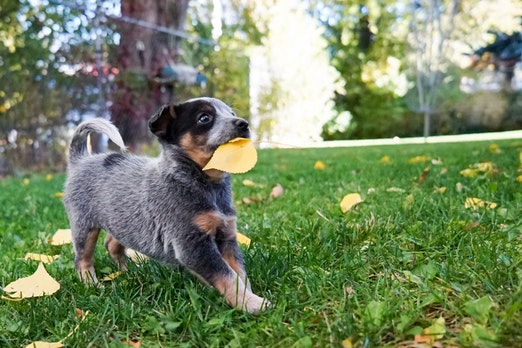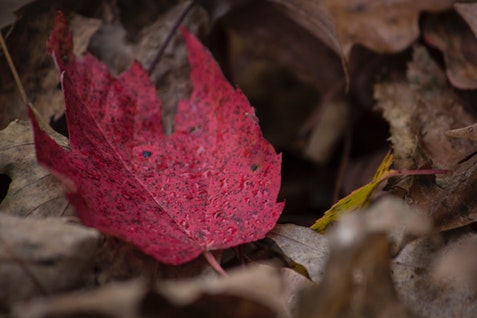
Who knew that ants loved roses as much as I did, if not more. As a rose person, this is heartbreaking.
But it is also important to make sure the ants aren't harvesting aphids on the roses.
- Ants target other sap-feeding insects on roses, not just aphids.
- Try Tanglefoot around the base of the canes.
What I have found out is that you want to kill the hive.
The reason is that species of ants that attack roses aren't going to let you have roses.
DE is somewhat effective against ants, but only ones that cross your DE line. A borax trap will let you do that - you make a sugar syrup and dissolve borax in it, set it out in saucers or shallow dishes, you can soak cotton balls in it and set those around too. The ants slurp it up and take it back to the hive and feed it to the queen and hive workers.
You also won't see immediate death, and there's a big old hive to replace the ones who were killed. Soap sprays have the same problem, they'll kill only individuals that are hit.
While killing the whole hive seems extreme there isn't much else you can do.
This is gardening.
And while it seems to go against it. In fact when you make a garden, you're creating something that is intrinsically artificial. There's nothing "natural" about a garden because a garden, by definition, is an arbitrary grouping of only those plants chosen specifically by humans to inhabit that space.
This is also why, due to the unnatural nature of the guarden, the ants decide to eat roses instead of their natural food such as dead (and living) detritus on the ground.


I learned that if you want to start a rose you don't do it from a seed. Everything that I have read about starting from seeds pertains to making a new rose breed.
I've never tried growing comercial roses from seed, but I've started several wild rose species and the ones from lowland areas (the ones around here anyway) seem to start without any treatment after a 2-3 of weeks.
That's all I've ever done and it's worked for the ones I've grown.
And it is so much easier.
I place twigs of wild roses into the ground to learn, but I'm certainly not an expert.
Also, forgive me if you know all this aready.

There are two parts of a rose, the base root and the graft.
The base is from a plant that is resilient, and has a powerful root system. Wild roses are just that. If you wish to create your own roses, you'd grow some wild roses first. Growing wild roses from a variety of methods should be easy, they grow like weed and are fairly resilient. Use seeds or clone them.
The graft is the noble rose. They are not usually very resilient and nobody cares to grow noble roses with a strong roots, so a noble rose with its own root would be a feeble creature indeed. Instead you grow noble roses by grafting. From a rose you like (smell, look, built) you cut a twig and place into the root system of a cut-off wild rose.
This is grafting.
Afterwards, you keep the root system of the original wild rose in the earth, only letting the nobel rose protude.

The Don Juan Among Roses
Don Juan is a magnificent rose! And it loves to climb, that means that it will be thrilled to have a nice trellis to climb. It won't like being cut back too much, but if you have to do so for size restrictions, do it in late fall or early spring. If you want to prune the long canes you can, just make sure to prune to a node!
Starting Them

You can actually grow them inside all winter, provided you have a sunny window for them.
When you plant them outside, usually in a larger pot I would use a natural mulch because it can really help act as a natural barrier. You should be able to find good mulch at any garden centre. And When I say natural I mean a real one, not those synthetic coloured ones that you see around.
As a rose grower, I feel the need to warn you that overwintering them in pots is a risky game.
A snowy winter or a warm and wet winter will all be fine. The cold and dry winter that we get sometimes is what will likely kill a potted rose.
If you have somewhere you can put it to shelter it, like a garage, it will stand a better chance.


Heirloom
Some older heirloom roses, like old-fashioned June-blooming ramblers, are reputed to be more tolerant of shade than modern flower-heavy hybrids.
Roses with white or pale flowers are supposed to need less sun than deep red colors.
But that doesn't mean that they are ideal. And no matter what you choose they will need sun.
I'd actually probably try a Dr. Huey there.
That's the rootstock that a lot of grafted roses revert to after heavy winterkill? It's all over my end of town as a nearly unkillable rose, always right next to the front porch.
I rescued one of them from the house next door when the old lady went into a nursing home. The new neighbors thought that they had dug it up and killed it, it actually took them about 10 years before it quit sending up suckers periodically.
The Climbers
One of the most popular types of rose are the climbers. And yet they might not be right for your area or your skill level.
Climbing varieties aren't impossible to grow but they can be a challenge. Climbers bloom on old wood, and that's what gets damaged in winter, so you lose height and blossoms in tough winter areas.
The soil is another thing to consider.
Honestly, I won't make any specific suggestions since amendments to the soil can be very tricky. For amendments, the only way to get a sure answer is to do a soil test and work from that.
But nutrients are a big part of the reason people do not get good results from their rose garden.
Prepare your bed by digging in a LOT of manure or compost. Roses are heavy feeders, like a soft bed, and require lots of water to be at their best - compost or manure will help with all of that. They also help buffer ph, so you don't need to worry what your mulch might be doing.

Find Your Zone
Do you know what zone you are in? If you don't, a local authority can tell you, try calling the DNR or extension office in your area.
I have been told the best way to safe guard against winter is to choose a climber, "One zone colder." Unless you bury the canes in the fall, depending on the variety you can expect a certain amount of winter kill.
Sun
I will say it again. Sun. Sun, sun, sun. Roses love the sun. Your desired location for the roses and the actual place where you plant them might differ. For example, between two lots.
Does it get enough sun?
Not if it is like the bottom of an urban canyon.
If it only gets a few hours of midday sun when the sun is directly overhead, that may not end well. It's not just a question of photosynthesis, it's also a question of overall dampness vs. dryness and diseases, as roses do better if they're in a sunny, warm, well-ventilated location.
Grooming
Dead Heading
Dead heading is where you cut off the flowers so that the plant doesn't keep putting energy into the flower and instead focuses on foliage growth, which then gives it more energy to make more flowers.
I dead headed the rose the first season after planting, basically never letting buds develop. This season it's non-stop bloomed since March.
For dead heading, just cut from the bud to the first leaf.
Some people just use their fingers to snap the stalk, if it's an old flower. I prefer to cut with a sharp gardening knife. Here is something you could read for more about dead-heading.

A lot of people try and fix their roses and only end up making things worse. Then they need to bring it back. This can take a lot of time, and it might not always work. We tried to kill our roses bushes but failed, so rest assured unless there is a problem, if the bush is healthy it should bounce back.
Here are some of the things that you need to look at if you think your rose bush is right for the grave: If the rose branches are crispy, brittle, and brown, and you can snap them like twigs, it's dead, Jim, and it's not coming back. If the branches are flexible, and you can see green if you scratch it a little bit, it's not completely dead.

Did you snap it? Green?
So far so good!
Some types of roses don't hold up well under benign neglect, other types of roses flurish, but especially with competition from weeds and lack of fertilizing they will die. Roses need a lot of food. And if they don't have it they can die.
One thing that we like to do is get rid of weed competition is to plant something that is equally beautiful to roses.
Tulips.
They are wonderful because once you remove the weeds you can lay down about 2-3" of loose mulch and plant the tulips. They will keep the weeds out and you will avoid using things like landscape fabric which you will just have to remove later anyway.
See, all is not lost.

Nate McMillan used to have a gorgeous rose garden in his yard. According to legend it was how he dealt with the stress of being the Blazers head coach.
I can recall reading about it in a magazine that my husband read at the time.
I thought that it was well, neat.
Over the years I have learned a lot about roses, their care, and what to expect.
One of my first big surprises was when my red roses started to fade. Some of the blooms on the plant litteraly turned white. It wasn't until some time later that I learned that 90% of roses are on grafted stock.
But that is not all. A lot of roses will fade throughout their life cycle and it is completely normal. One thing that has a lot to do with it is temperature.
When this happens now I usually see it as a sign that they need to be pruned better. Though this is less common now, and I generally prune in spring and then deadhead through the season.
It is just one of the fun surprises you will experience along the path as a rose gardener.




















